Agregue una conveniencia adicional a su vida personal o profesional utilizando lo emocionante. buceadores antorcha que están disponibles en alibaba.com. Los. buceadores antorcha están disponibles en ofertas increíbles y sus cualidades son insuperables. Estas. buceadores antorcha está diseñada y empaquetada para hacer que su vida sea perfecta eliminando y arreglando diversos problemas y interrupciones que podría encontrar al aplicar el maquillaje.
suministrados en Una gama muy amplia, estos impresionantes. buceadores antorcha viene en diversos tamaños y tipos. Independientemente de sus necesidades de maquillaje, siempre encontrará el conjunto perfecto para usted. Debido a su diversidad, el. buceadores antorcha se puede usar en el hogar para aplicaciones personales y en negocios como salones de belleza. Todos. buceadores antorcha en el sitio está hecha de técnicas innovadoras de materiales resistentes. Tienen una durabilidad increíblemente larga para ofrecerle la máxima eficacia y la máxima productividad.
The. buceadores antorcha en alibaba.com se seleccionan especialmente para garantizar que se calmen para los usuarios. Raramente causan irritaciones en la piel, lo que los convierte en una excelente opción para todas las personas. Los. buceadores antorcha tiene una calidad excelente porque cumplen con todos los estándares de calidad establecidos, incluidas las pautas regulatorias. Por lo tanto, se le garantiza que todas sus compras se caracterizarán por una calidad estelar. buceadores antorcha , el mejor en esta categoría.
Disfrute de la mejor relación calidad -precio hoy examinando alibaba.com y eligiendo el más espléndido. buceadores antorcha . El sitio le brindará una experiencia de compra en línea satisfactoria que le ahorra tiempo y dinero. Localizar varios. buceadores antorcha mayoristas y proveedores y testigos de maravillosos acuerdos que le permitirán aumentar su rentabilidad.


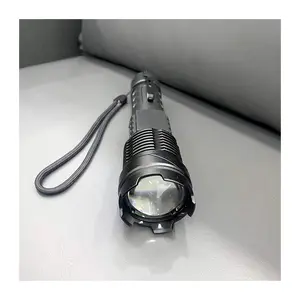



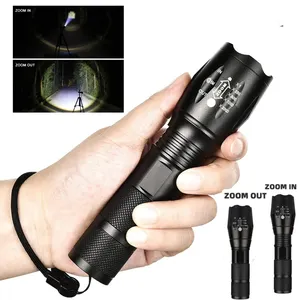




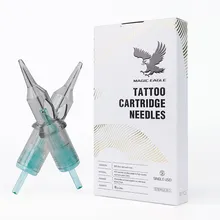

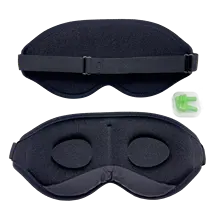


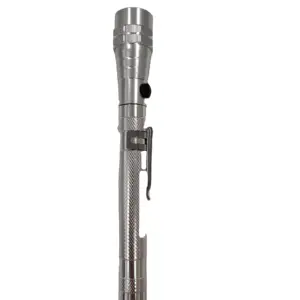
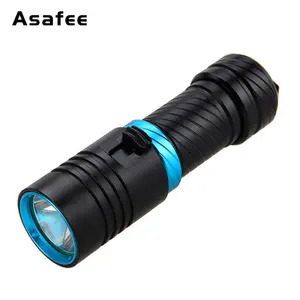
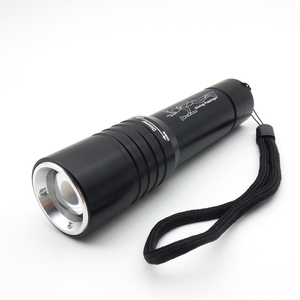





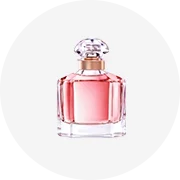














 浙公网安备 33010002000092号
浙公网安备 33010002000092号 浙B2-20120091-4
浙B2-20120091-4